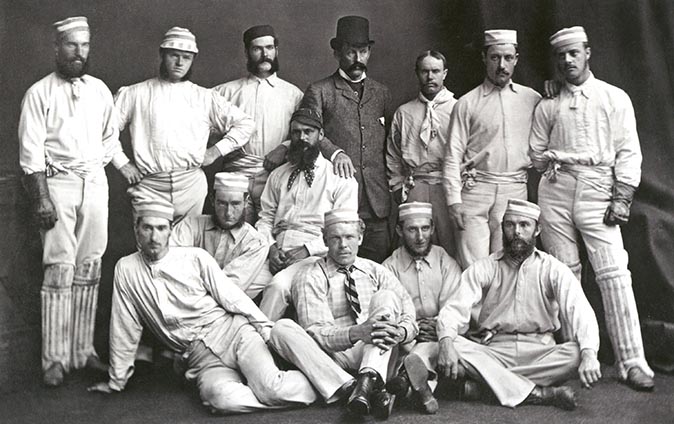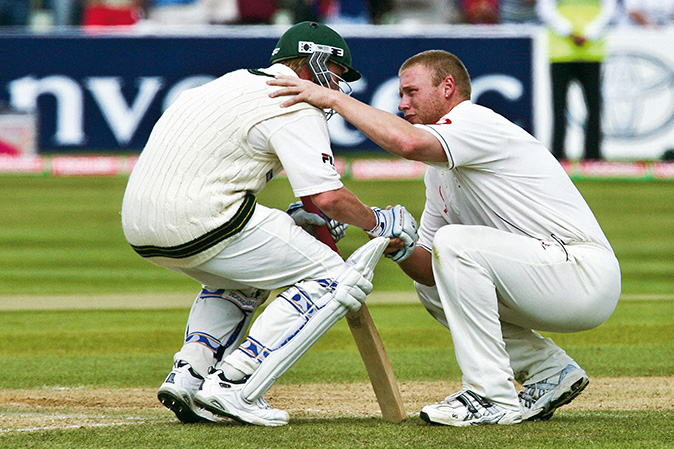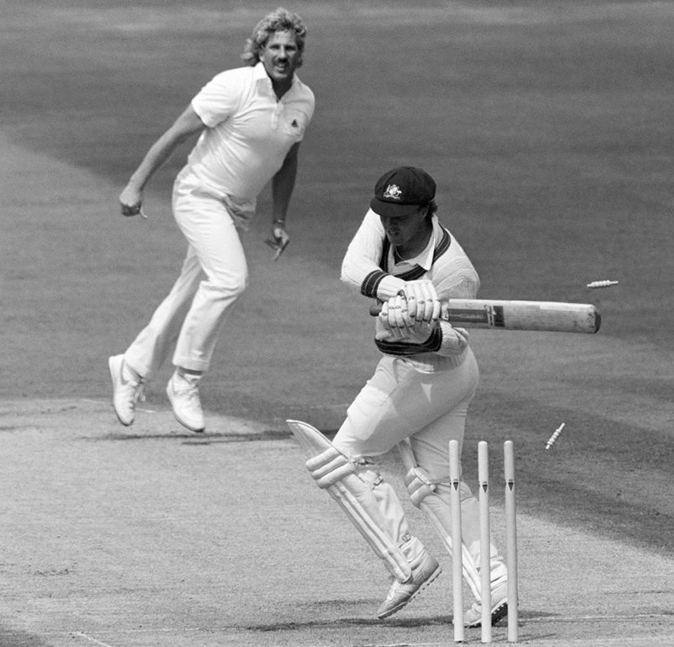Sporting life: How to make Test cricket great again
Fans and pundits alike have long discussed the Death of Test Cricket, but longest format still has plenty to give – and plenty to feel optimistic about. James Fisher explains why.


Once all the sabre rattling died down from those who feigned outrage at the prospect of Adil Rashid being allowed to bowl for England, we were once again allowed to look forward to England’s first five-day matches of the summer, in the form of a five-game series against India.
The debate around Rashid is far more nuanced than critics like Michael Vaughan have the capacity to espouse, but, as usual, the angry cigar smoke produced over his selection clouded over the far more pressing question that surrounds Test cricket: namely, what is its future?

Take our current opponents, India. The last time England toured over there, in 2016/17, home attendances were phenomenally low, despite it being a country where cricket is the national sport and with a fanatical following. To illustrate, in the first Test of that tour, on day three, local Rajkot hero Cheteshwar Pujara knocked 124 in front of a crowd of 9,000. In a stadium built for 28,000. Most of those were children, as the BCCI, Indian cricket’s governing body, bussed in local schools in the hope that they would be inspired by such a supreme knock (to say nothing of Murali Vijay’s 126 in the same innings).
'Inspired' is the vital phrase. The BCCI are aware that in a country with an ever-increasing population of young people, Test cricket is at a significant risk of being left in the shadow of the extremely popular Twenty20 tournament, the Indian Premier League.
'Things are being done, and there are plenty of other things that can be done'
It’s not hard to see why – stick a 10 year old in front of Chris Gayle or A B De Villiers helicoptering their way to centuries off 40-50 balls versus the mental grind of a five-day draw, and it doesn’t take a genius to figure out which one they are likely to want to watch again.
Thankfully, things are being done, and there are plenty of other things that can be done. One need only have watched last week’s epic first Test at Edgbaston to understand that the tension and competitiveness of a well-fought five-day match cannot be beaten, even by floodlit run-fests. England captain Joe Root was the first one to say what needed to be said after the nerve-wrecking victory: ‘Anyone who thinks Test cricket is dead should watch this game on repeat.’

The success of a five-day game will always be reliant on the quality of the players on offer, but there is plenty going on behind the scenes to help. Day/night Tests are still in their infancy, but the idea of making the game viewable for paying spectators over the course of five days will encourage grounds that hosting Test cricket is something they want to do.
Exquisite houses, the beauty of Nature, and how to get the most from your life, straight to your inbox.
Better pitches – such as the one prepared at Edgbaston – that provide a genuine contest between bat and ball will hopefully spell the end of five-day draws enabled by first innings scores of 500 or 600. And improving the fairness of the scheduling can’t be a bad thing either — the memory of watching Sri Lanka’s Angelo Matthews wearing two jumpers while trying to play at deliveries that swung round trees on a cold Durham day in May is still raw. Play teams in fair conditions, and excitement shall follow. (This does not apply to Australia.)

Perhaps it’s time for the ICC to demand a universal red ball for the game? England and their counties currently use the Duke, which is known to swing for longer; but this makes life extremely difficult for touring sides in England, and one only needs look at England’s record in Australia to see the adverse affects for the national side abroad. That, and a concerted effort by national and international councils to improve first-class cricket, whether by subsidy or relaxing rules on overseas players, could lead to greater participation, competitiveness, and interest.
The ECB, the BCCI and even the ICC, the game’s worldwide governing body, can’t ignore the allure of limited-overs cricket – it's simply far too lucrative in a sport that is struggling for cash. However, the integrity of the game as a whole relies on the five-day version, because it is by far the hardest to play, and even harder to win.
The second Test of this series starts today, between two sides that look supremely matched for a contest. The ingredients have been put in place, and now it’s time for the players to hold up their end of the bargain. We can make Test cricket great again.

Lord Baden-Powell's childhood home up for sale, with cricket pitch and nuclear bunker
Langton House and estate near Tunbridge Wells has some extraordinary features: it takes in a beautiful house, a bluebell wood

Credit: Kevin Murray
Sporting life: 18 golf courses in the UK that every golfer should play before they die
Roderick Easdale nominates his pick of the best golf courses in Britain and Ireland, with some help from the great

A gorgeous thatched home on Dartmoor with an orchard, stables and its own cricket pitch
This extraordinary Tudor home has everything: a gorgeous location, beautiful rooms, a pool, stables – and even its own cricket pitch!

Golf in the Royal Family's back garden at Balmoral, and other perfect nine-hole courses

Six incredible homes on the doorstep of Britain's greatest golf courses
Golfers and non-golfers alike will love these delightful houses in beautiful spots near the famous golf courses at St Andrews,

James Fisher is the Digital Commissioning Editor of Country Life. He writes about motoring, travel and things that upset him. He lives in London. He wants to publish good stories, so you should email him.